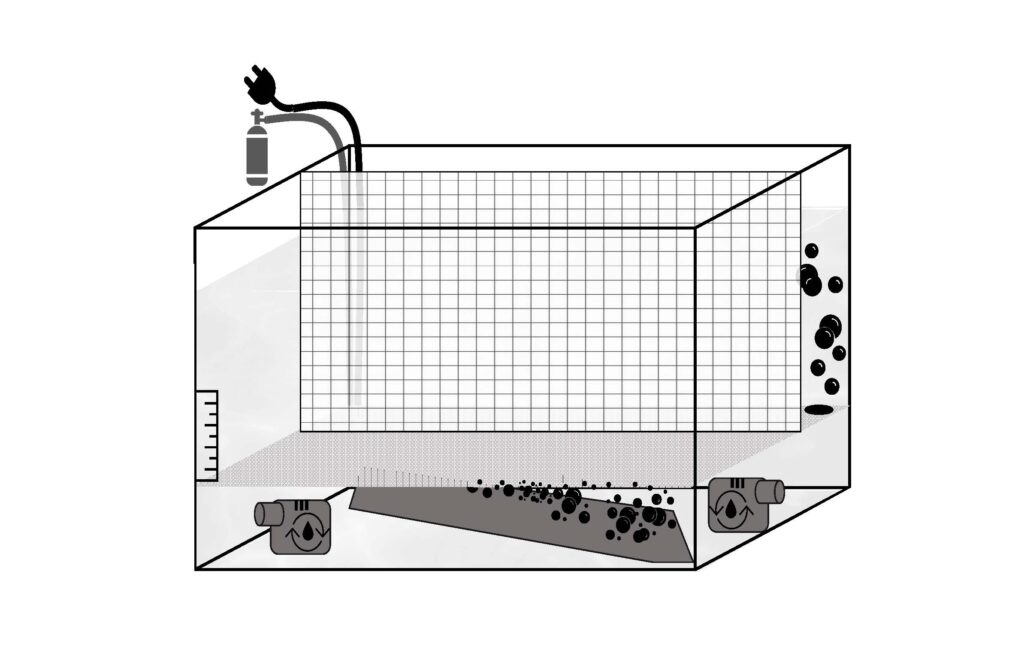When we study the behaviour of animals, we are constantly working to find a balance between removing ourselves (the humans) from the system while also remaining in control of the system.
The world of behavioural ecotoxicology – that is, the field studying how alterations in the environment affect the behaviour of organisms – is in its infancy. It is recognized that behaviour is highly sensitive and sublethal, meaning there is a lot of potential in utilizing behaviour as an early-warning detection system; however, there is currently no standardization of behavioural assays and there is a lot of potential variability based on how the researcher sets out to assess behaviour.
In the lab, we have been using the pond snail as an organism for behavioural ecotoxicology. The pond snail is physiologically and behaviourally intriguing in that it exhibits bimodal breathing. When there is plenty of oxygen in the water (normoxia), they can love completely underwater and breathe through their skin; when oxygen levels drop (hypoxia), they come to the surface to breathe air through a modified lung.
In the natural environment, the shift from normoxia to hypoxia is gradual; in the laboratory, this same gradual shift has not been exemplified. Common practice in past years has involved picking up a snail in a normoxic environment (beaker or tank) and transferring them into a hypoxic environment (a different beaker or tank). The act of handling snails can completely change their behaviour – human hands teleporting you swiftly between vastly different environments is not something that happens in a natural system.
So, we set out to create a system where we could manipulate the oxygen levels in a system without having to handle the snails.
One of my favourite sayings is: “we do the best with what we know” – as we learn more about the sensitivity of behaviour and how our role as researchers can influence behaviour, we are given the opportunity to do better.

This hypoxia chamber (thus far, used for both snails and zebrafish) has improved our ability to assess species responses to hypoxia in a more realistic setting.
We have published the details of how we built the chamber here.